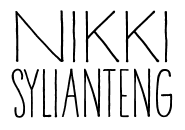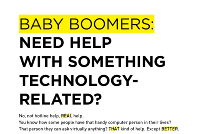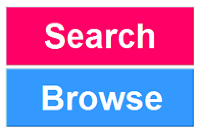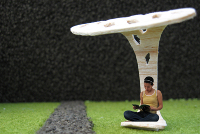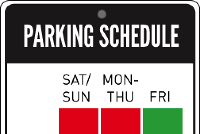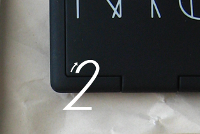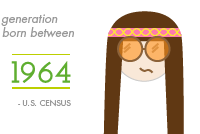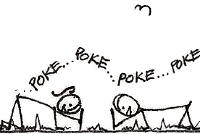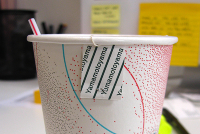The memo
A lot of times, I find that I can capture the essence of what I'm thinking more succinctly in pictures than in words. So here's a peek into how things look like in my head on a couple topics regarding my direction in life.
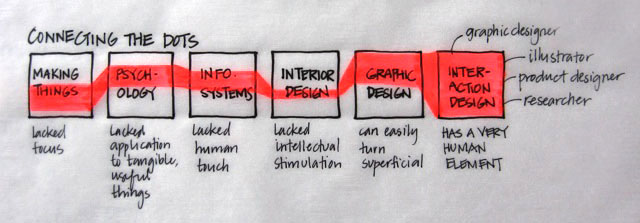
“You can’t connect the dots looking forward; you can only connect them looking backwards.”
Steve was right. He also said that we had to believe in something to keep us going in our search. Whether it's our gut or destiny, or whatever you want to call it. I've had my own share of challengers: people who think I should just be doing one thing. To them, it looks scattered, but to me, there has always been an underlying consistency.
I've thought long and hard about why I got into the fields I did, and what it was exactly about them that attracted me. The answer is that I saw how each contributed to meeting very basic human needs. I moved on from them eventually because they never focused enough on this essence.
Interaction design is that essence that I've been chasing in its purest form. With interaction design, the human is at the forefront. It's an aspect I feel is present in any meaningful work. And whether I'm doing graphics or products or illustrations or research, the principles of interaction design provide a good backdrop for and are an accurate representation of not only my work but also my life.
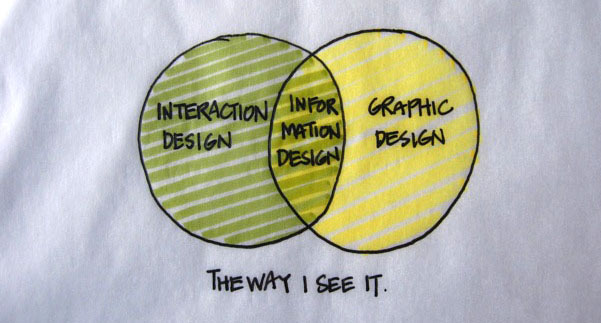
The way I see it, information design is interaction design applied to graphic design.
There is this book called "Information Design Workbook" by Kim Baer, which is a compilation of information design case studies. There are some great quotes in there that have really hit the spot for me.
Let me share one of them with you:
"There are people who come into graphic design and find it a bit ephemeral and vacuous. People who like to do useful things are attracted to information design. There is something quite useful about designing traffic signs so people don't get lost or medicine bottles that people can understand. It's a way of making a difference. It's public service." --David Sless

Don't get me wrong, I think ego is important in design. How else can someone's vision become reality if not for a certain single-mindedness and belief that one's idea is the answer? But sometimes it just gets in the way. Sometimes it means you forget to listen, and instead try to be the loudest voice in the room. Some people are good at that, and good for them, but not everyone is meant for it. There are those of us who have a gift for listening, for empathizing, for reading between the lines, for gaining deep insights, and I refuse to think there is no place in design where those qualities are valued.

I often think in terms of a scale of negative one, zero, and positive one. It's a recurring model. I look forward to solving everyday problems of normal people, but I imagine it would be an amazing experience to take on a project involving people who are really in need. I've already tried my hand at it with my older relatives and the needs I see that they have. But imagine getting the chance to get into the skin of a blind person, and experience the world through their "eyes". I can only imagine how enlightening that would be.

“You can’t connect the dots looking forward; you can only connect them looking backwards.”
Steve was right. He also said that we had to believe in something to keep us going in our search. Whether it's our gut or destiny, or whatever you want to call it. I've had my own share of challengers: people who think I should just be doing one thing. To them, it looks scattered, but to me, there has always been an underlying consistency.
I've thought long and hard about why I got into the fields I did, and what it was exactly about them that attracted me. The answer is that I saw how each contributed to meeting very basic human needs. I moved on from them eventually because they never focused enough on this essence.
Interaction design is that essence that I've been chasing in its purest form. With interaction design, the human is at the forefront. It's an aspect I feel is present in any meaningful work. And whether I'm doing graphics or products or illustrations or research, the principles of interaction design provide a good backdrop for and are an accurate representation of not only my work but also my life.

The way I see it, information design is interaction design applied to graphic design.
There is this book called "Information Design Workbook" by Kim Baer, which is a compilation of information design case studies. There are some great quotes in there that have really hit the spot for me.
Let me share one of them with you:
"There are people who come into graphic design and find it a bit ephemeral and vacuous. People who like to do useful things are attracted to information design. There is something quite useful about designing traffic signs so people don't get lost or medicine bottles that people can understand. It's a way of making a difference. It's public service." --David Sless

Don't get me wrong, I think ego is important in design. How else can someone's vision become reality if not for a certain single-mindedness and belief that one's idea is the answer? But sometimes it just gets in the way. Sometimes it means you forget to listen, and instead try to be the loudest voice in the room. Some people are good at that, and good for them, but not everyone is meant for it. There are those of us who have a gift for listening, for empathizing, for reading between the lines, for gaining deep insights, and I refuse to think there is no place in design where those qualities are valued.

I often think in terms of a scale of negative one, zero, and positive one. It's a recurring model. I look forward to solving everyday problems of normal people, but I imagine it would be an amazing experience to take on a project involving people who are really in need. I've already tried my hand at it with my older relatives and the needs I see that they have. But imagine getting the chance to get into the skin of a blind person, and experience the world through their "eyes". I can only imagine how enlightening that would be.
